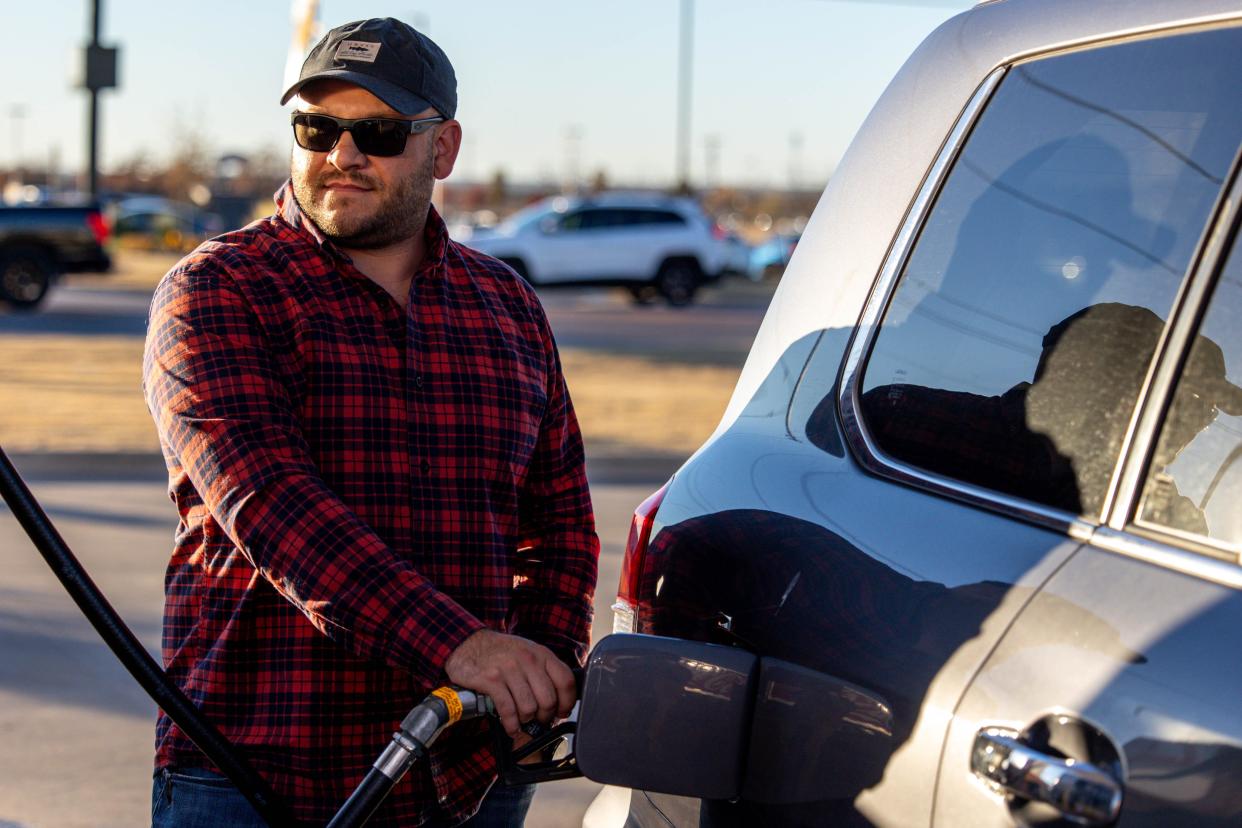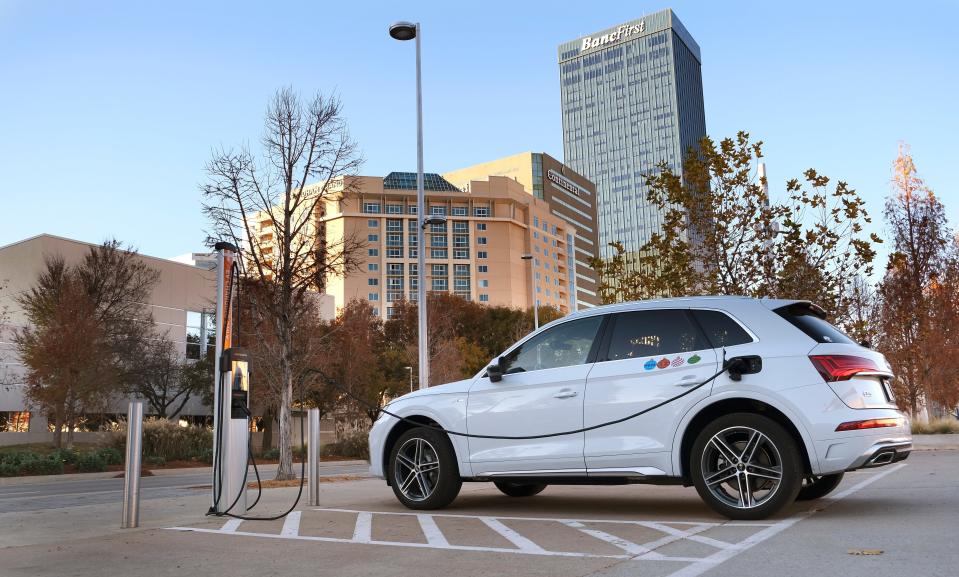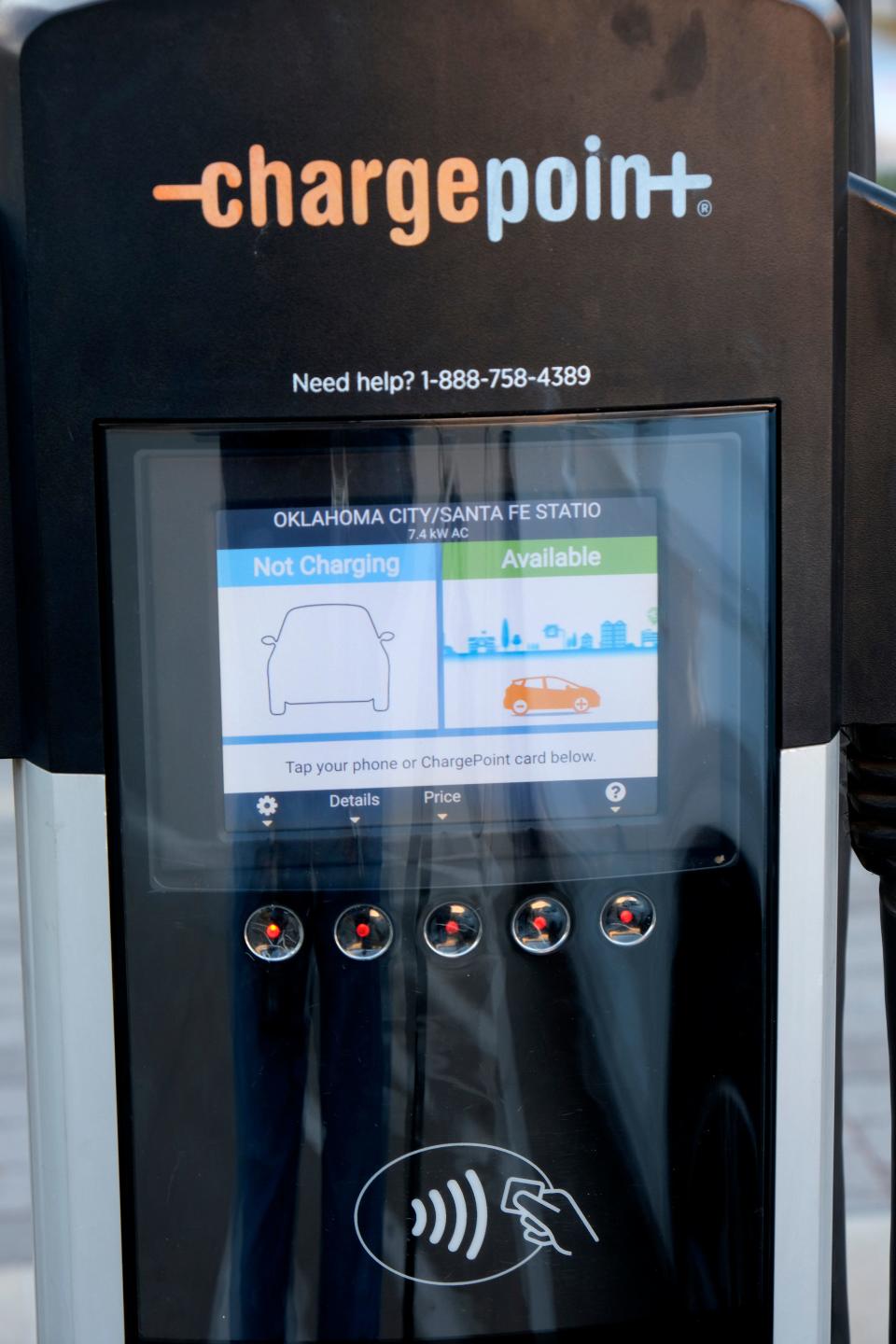Could Oklahoma replace its tax at the gas pump? Replacement mileage tax has its own challenges

Transportation Secretary Tim Gatz sees challenges ahead as the state looks at whether to replace taxes paid by drivers at the gas pump with user fees charged depending on miles driven.
In a recent presentation to the Oklahoma Transportation Commission, Gatz said the Fair Miles Oklahoma study involved mileage being tracked for more than 440 volunteer drivers starting in June and ending this month.
Participants received mock-up invoices showing how much they would owe if the program were in place. Altogether, Gatz said, the drivers from 63 of the state’s 77 counties drove more than 1 million miles.
“As far as the citizenry being ready for something like this, and us having all the mechanisms in place to be able to accurately assess and collect, there are some challenges out there right now that we’ll have to overcome,” Gatz said. “That can happen over time, but we’re not quite ready yet.”

Oklahoma is facing drops in revenue through gas taxes
The study was requested by state lawmakers as they face reduced funding for state highway and county road construction and maintenance.
Some states already are seeing steep drops in fuel taxes. Colorado saw a 12% decrease in collections from September 2022 to September 2023. For the same period, Wisconsin saw a drop of 15.2% and Michigan saw a drop of 13.2%.
In comparison, Oklahoma’s fuel tax revenues dropped by .4%, from $50.9 million to $50.5 million.
“The gasoline tax collections have declined a little bit,” Gatz said. “We believe that that’s a pattern that’s not going to go away. It’s going to continue for the foreseeable future.”
Bryce Boyer, transportation spokesman, said a snapshot of the revenues that would have been generated by the mock invoices won’t be available until after the reporting period ends. The report will include a comparison to an estimate of fuel taxes generated by the travel, but Boyer cautions the study only goes so far and that some participants did not track their mileage during the entire study.
“The only ones we would have not gotten month to month were the manual reporters,” Boyer said. “The majority of the options used (to track mileage) were automatic. But there were those who had older cars or didn’t want to plug things in.”

How big of an impact do electric vehicles have?
So far, only Oregon, Utah and Virginia have switched from fuel taxes to collecting revenue through mileage fees. The Federal Highway Administration reports such vehicle mile tax programs typically are limited to passenger vehicles. Boyer said the test in Oklahoma also was limited to passenger vehicles that included gasoline combustion vehicles, hybrid or electric vehicles.
Electric vehicles are a small but growing market segment nationwide, growing from 1.4 million registered EVS in 2021 to 2.4 million in 2022. Oklahoma’s count went from 7,100 in 2021 to 16,300 in 2022. Texas, which has the second-highest number of EV registrations behind California, jumped from 80,900 in 2021 to 149,000 in 2022.

Electric vehicles do not pay fuel taxes. But Gatz cautions the need to look at alternative funding for roads would be necessary even without the rise of electric vehicles.
“This is not something that electric vehicle related,” Gatz said. “The decline in motor fuel taxes we’re seeing, the flattening, is simply due to fuel efficiencies. The standards are increasing all the time.”
Gatz said the funding challenge is exacerbated on the federal level.
“Motor fuel taxes are not what they used to be,” Gatz said. “Vehicle miles traveled are actually increasing while these revenues are beginning to decline.”
This article originally appeared on Oklahoman: Oklahoma starts calculating test mileage taxes from six-month study

